Tips for Growing Orchids in Apartments

Try growing the Bromheadia finlaysoniana (left), Phalaenopsis bellina (centre) and Bulbophyllum medusa (right) in your own skyrise garden.
Can’t get enough of the beauty of the orchids? You do not need to have a big garden or yard to grow them. Advancements in orchid hybridisation over the past few decades have created hybrids that can grow well even in an apartment with a balcony or any sunny space for plants.
Just like any other plants, orchids require the same basics to grow – sunlight, water, nutrients and air. But for orchids to really thrive and bloom frequently, interested orchid gardeners need to pay attention to factors such as the nutrients, types of pots used, the potting medium, humidity and growing area.
Here are some simple tips to get you started growing orchids in a highrise garden.
(1) Light
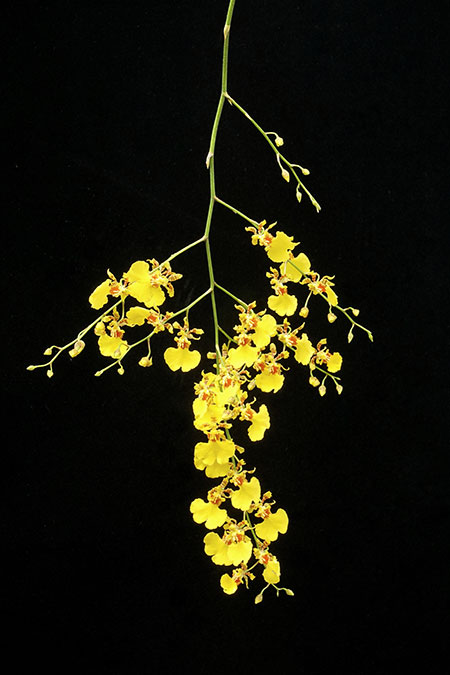
Orchids like the Oncidesa Goldiana, commonly known as Golden Shower, grow better in semi-shaded conditions.
Orchids require enough sunlight to produce flowers, but some require full sun for the whole day while others grow better only in the shade. Most orchids fall somewhere in the middle – requiring indirect sunlight or dappled light.
Do also consider the time of the year – the position of the sun changes over the 12 months, affecting the amount of light that comes into your highrise garden.
Spathoglottis and the Equitant group Oncidium are examples of orchids that require bright light to flower. On the other hand, those that do better in semi-shaded conditions include the Golden Shower group of Oncidesa, Phalaenopsis and Cattleya.
(2) Humidity
A moist, humid environment is necessary for orchids to grow well. However, they also enjoy good air circulation. But if your balcony or growing area is exposed to too much wind, the orchid plants may suffer from drought.
To help reduce the rate of water evaporation, grow orchids in impermeable plastic pots. Try growing other plants like ferns and foliage plants among your orchids to help ensure a good supply of moisture in the environment. Just make sure that these plants need the same growing conditions (especially sunlight) as your orchids.
(3) Potting media
The potting medium is an important factor for the orchids to get enough moisture. Traditionally, orchids are grown in charcoal and broken brick pieces, but there are several other good options. Sphagnum moss retains water well and a little can be added to charcoal or broken brick pieces to increase the humidity in the pot.
Placing the pots over cocopeat mats also helps increase humidity in the growing area. You can also visit a nursery to seek out other commercially available potting material.
(4) Water
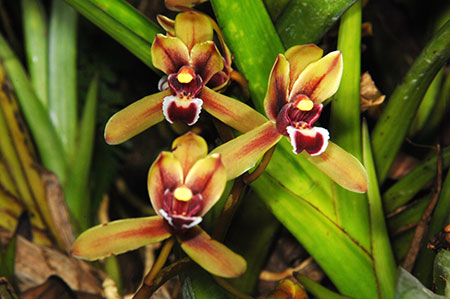
The Cymbidium finlaysonianum grows well in soil.
Unlike other plants whose roots grow in soil, orchid roots are mostly exposed to air and hence require water. In fact, frequent watering is needed, particularly in a windy, sunny balcony garden. However, its roots must drain freely and should not be wet all the time as this can cause the roots to rot and killing the plant.
There are some orchids that grow well in soil, for example, Spathoglottis and some Cymbidiums. The soil needs to be porous and not retain water. A mixture of burnt earth, loam and charcoal pieces make an adequate type of medium.
(5) Growing Area
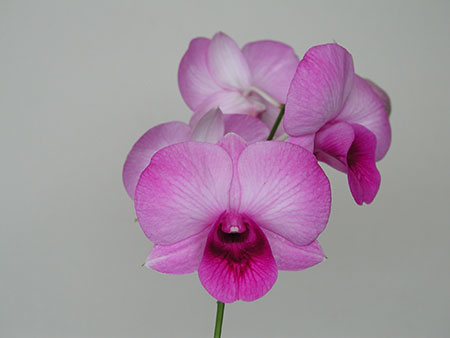
Grow free flowering miniature orchid plants from the Dendrobium family in your highrise garden.
If you do not have much space, select orchids that are compact. You can now find free flowering miniature orchids plants such as the Dendrobium and the Equitant grow of Oncidium that are suitable for growing in highrise gardens.
While you can try to increase your growing area with shelves or a garden feature like a pergola, bear in mind the amount of light your orchids require.
(6) Fertilizer
Orchids will benefit with regular applications of fertiliser. A general-purpose balanced fertiliser ensures lush foliage growth while a high phosphorus-potassium fertiliser promotes root growth and flowering.
Orchids roots are delicate and hence it is advisable to use weak, diluted fertiliser solutions. Certain types of orchids, such as the Spathoglottis, Cymbidium and Phalaenopsis, benefit from sprays of organic fertiliser like fish emulsion.
Learning more
For more information on gardening, talks and related activities, you can check out our exciting ongoing events on our website here.
Become a community gardener
Put your horticulture skills to good use and contribute to the unique green ambience of Singapore by joining the Community In Bloom programme.
Plant enthusiasts and growers alike can also showcase their horticulture skills and compete for medals and trophies at the Horticultural Plant Competition during the inaugural Singapore Garden Festival Horticulture Show. This will take place from 27 April to 5 May 2019 at the upcoming Jurong Lake Gardens West. More details can be found here.
The information for this article was adapted from Skyrise Gardening in Highrise Homes (Third Edition). This book is written largely for people who live in apartments and in homes where there is no garden space, but still feel the need to have growing plants around them. Grab a copy of Skyrise Gardening in Highrise Homes (retail price $29.50) online or from the Gardens Shop located at Singapore Botanic Gardens today!
Photos by David Lim


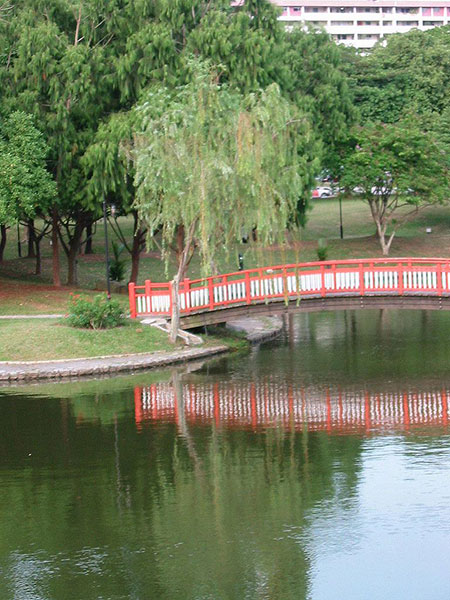
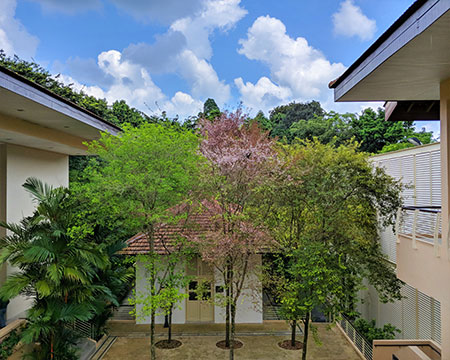
Have views or comments on this article? Let us know via this form. If you would like to give us feedback on any other areas relating to our parks and gardens, please submit via https://www.nparks.gov.sg/feedback